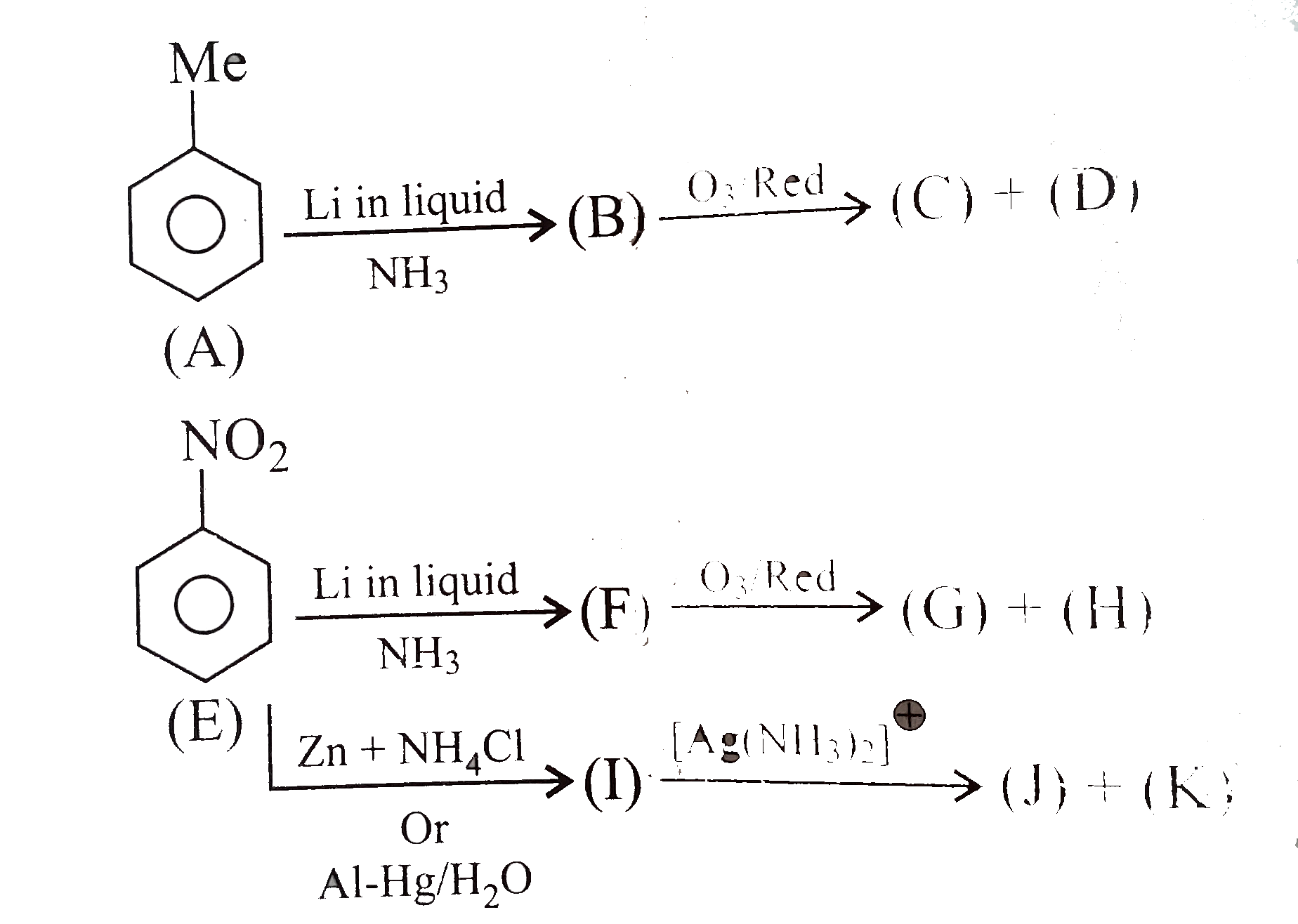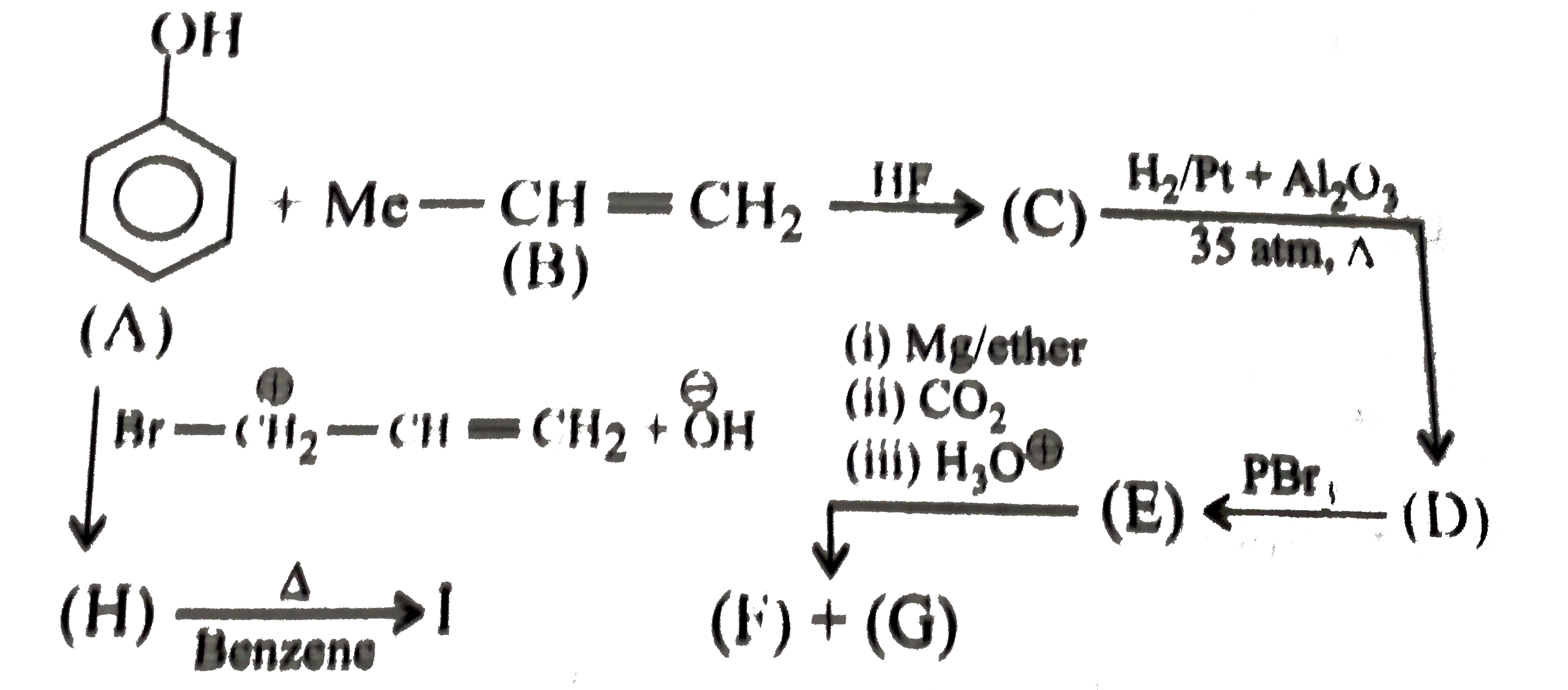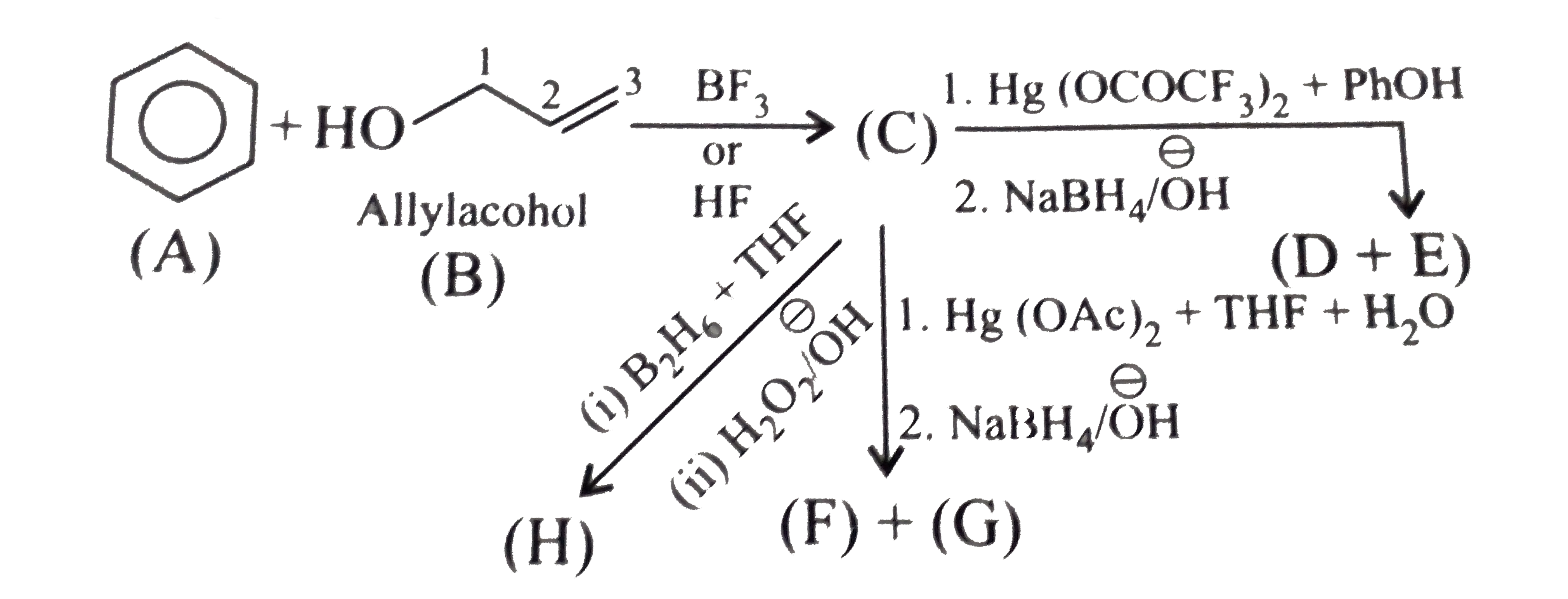
The compound (G) and (H), respectively, are:
A
a.
B
b.
C
c.
D
d.
Video Solution
Text Solution
The correct Answer is:A
|
Topper's Solved these Questions
- REDUCTION AND OXIDATION REACTION OF ORGANIC COMPOUNDSBOOK - CENGAGE CHEMISTRY ENGLISHCHAPTER - REDUCTION AND OXIDATION REACTION OF ORGANIC COMPOUNDSEXERCISE - Exercise (Multiple Correct)
35 Videos
- REDUCTION AND OXIDATION REACTION OF ORGANIC COMPOUNDSBOOK - CENGAGE CHEMISTRY ENGLISHCHAPTER - REDUCTION AND OXIDATION REACTION OF ORGANIC COMPOUNDSEXERCISE - Exercise (Single Correct)
90 Videos
- REDUCTION AND OXIDATION REACTION OF ORGANIC COMPOUNDSBOOK - CENGAGE CHEMISTRY ENGLISHCHAPTER - REDUCTION AND OXIDATION REACTION OF ORGANIC COMPOUNDSEXERCISE - EXERCISES
1 Videos
- QUALITATIVE INORGANIC SALT ANALYSISBOOK - CENGAGE CHEMISTRY ENGLISHCHAPTER - QUALITATIVE INORGANIC SALT ANALYSISEXERCISE - Viva Voce Questions And Part-C (Analysis Of Cations)
42 Videos
- SOLID STATEBOOK - CENGAGE CHEMISTRY ENGLISHCHAPTER - SOLID STATEEXERCISE - Ex 1.2 (Objective)
9 Videos
Similar Questions
BariumadipateDrydistillation−−−−−−−−→(A)MeCO3H−−−−−→(B)
The compounds (A) and (B), respectively, are:
View Solution
The compound (G) is :
View Solution
The compound (G) is:
View Solution
The compound (G) is:
View Solution
The reaction and mechanism involved in the formation of compound (H) form (A), respectively, are:
View Solution
The compound (H) is:
View Solution
The compound (H) is:
View Solution
The compound (H) is:
View Solution
The compound (H) is:
View SolutionAn organic compound A–– react with sodium to form another compound B–– . The compound A–– when heated with concentrated H2SO4 forms diethyl ether . The compound A–– and B–– are respectively
View Solution

